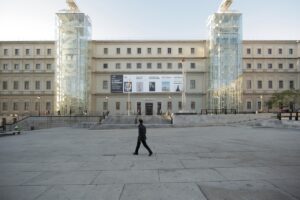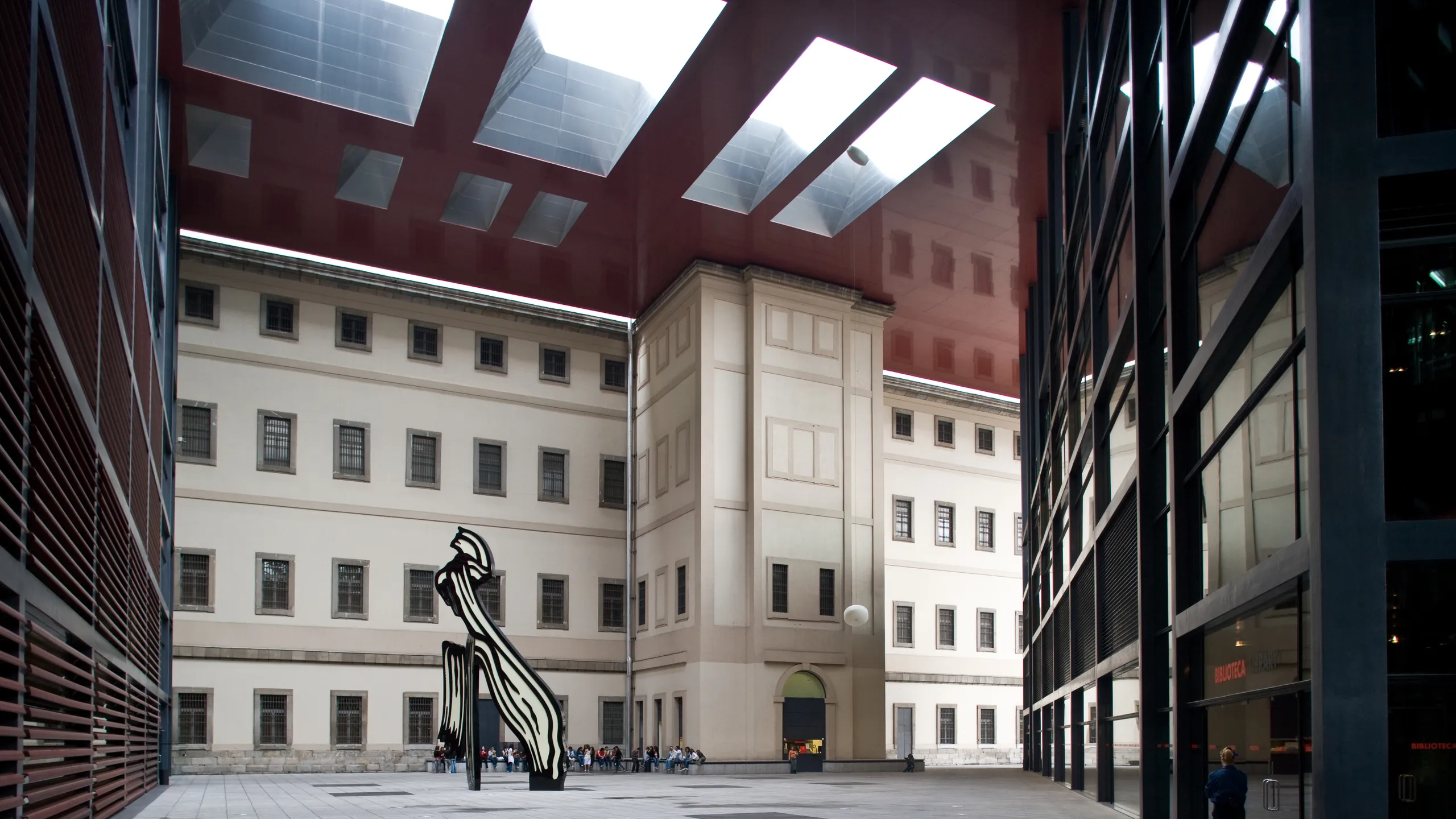Reina Sofia Museum Embraces The Instagram Era
The guards at Madrid’s Reina Sofia museum used to sternly forbid visitors from attempting to photograph Pablo Picasso’s iconic 1937 antiwar masterpiece, “Guernica,” with their cameras. But on a recent day, a couple confidently took a selfie in front of the painting, and another woman adjusted her hair while posing for a photo, all without a reprimand from the guards.
The museum had, at long last, lifted its ban on photographing “Guernica” this month, embracing the Instagram era. The only remaining restrictions in Room 205.10 were the use of flash, tripods, and selfie sticks, all aimed at safeguarding the 25-foot oil painting.

New Policy, Old Restrictions
A spokesperson from the Reina Sofía explained, “Allowing photographs of ‘Guernica’ is intended to enhance the viewing experience, making it more accessible to the public, in line with what has been allowed in other museums for a considerable time.” The spokesperson added that technological advances and the absence of any threat to the artwork no longer justified the prohibition.
Just ten minutes after the museum opened its doors on this particular day, a small crowd gathered in front of “Guernica.” People approached the painting closely, examining it from various angles. Ronny de Jong, a visitor from Rotterdam, Netherlands, spent nearly 45 minutes absorbing the powerful imagery of the black-and-white cubist painting, which vividly depicts the horrors of the Spanish Civil War and deeply moved audiences when it was displayed at the 1937 World’s Fair in Paris. De Jong expressed his love for capturing memories of museum visits through photos and admitted to discreetly taking a few pictures without causing any harm.
A Closer Look at the Visitors
Another visitor, Flavia Morelli from Rimini, Italy, commended the Reina Sofía for allowing photographs of “Guernica,” believing it fosters a stronger connection between people of diverse cultural backgrounds and art.
The origin of the ban on photographing this specific painting was not explained by the Reina Sofía. Museums have long grappled with the challenge of preserving artworks, managing resources, and staying relevant to the public. For instance, photography is prohibited in the Sistine Chapel in Italy, and some special exhibitions at museums restrict photography and filming due to copyright or lending concerns.
Nina Simon, author of “The Participatory Museum,” explained that one reason museums initially banned photography was the fear that people would not visit in person if they could view the images online. Although that concern has lessened, there is still a genuine fear that distracted visitors could damage works, and that the focus on creating Instagram-friendly moments could alter museum programming.
A Policy Shrouded in Mystery
In addition to vocal guards, the Reina Sofía used to separate visitors from “Guernica” with a long divider spanning the length of the artwork. However, this iconic painting, which Picasso lent to the Museum of Modern Art in New York for many years during General Francisco Franco’s regime in Spain, was not always so restricted. In 1974, while on display at MoMA, an artist named Tony Shafrazi sprayed the words “Kill Lies All” in foot-high red letters on the canvas. Fortunately, the painting was not permanently damaged due to a heavy coat of varnish and was returned to Spain in 1981.
In the Way of Art and Photos
Seema Rao, who leads Brilliant Idea Studio, a firm focusing on museum experiences, stressed the importance of museums adapting to the expectations of visitors who come from around the world to see masterpieces like “Guernica.” “If you can’t adapt,” she said, “it doesn’t feel like it has value.” Rao further emphasized that museums must update their policies to remain relevant in today’s society, noting that they risk becoming outdated if they don’t keep up with the times.
One visitor at the Reina Sofía that day, Richard Rottman from Los Angeles, recognized “Guernica” as a pivotal Picasso work, but his contemplation was briefly interrupted when someone tapped his shoulder. “I was in the way of their photo,” he chuckled.
